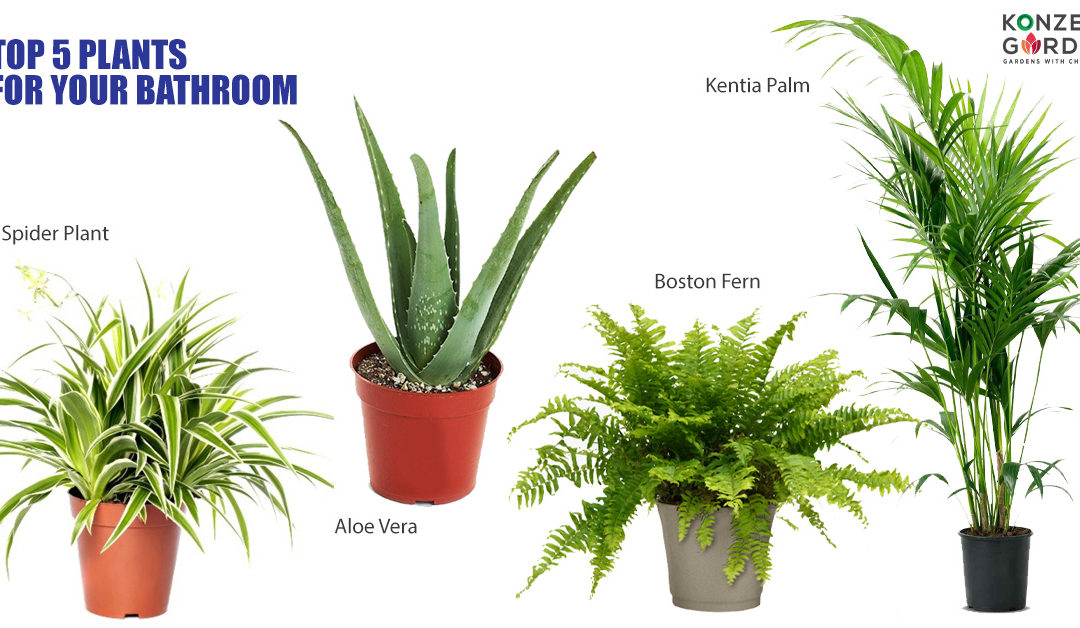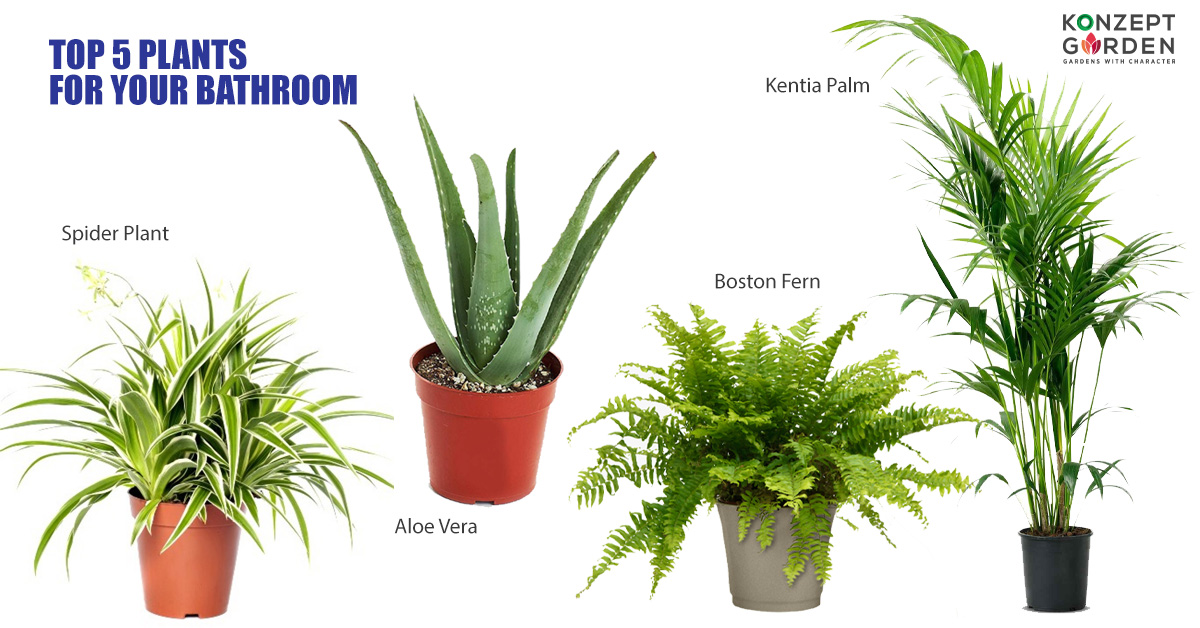
A bathroom may always look dull and sterile and it can be costly to add a feeling of comfort. But with the use of the right indoor plants, a cheap and easy way to make a bathroom come alive. Unsure about which plants are best for displaying in a small and often sun-deprived area like the bathroom? We've rounded up some famous house plants that will thrive in humid, low-lit areas, making it the ideal choice to make an imaginary tropical escape for your shower time.
What are the things to consider before adding plants in your toilet?
Lighting
Depending on the position and design of your bathroom, this area may not receive as much natural light as the rest of your home. Choose plants that can survive in low light then open up windows and blinds when the bathroom's not in use and take plants outside every now and then for a dose of sunshine.
Humidity and Temperature
The bathrooms, even with sufficient ventilation, are wet and humid, and sometimes dry! This form of climate isn't ideal for all plants so it pays to do some study. The heat and humidity don't mind plants such as ferns, snake plant, succulents and other tropical varieties.
Space
When decorating a bathroom, size can be a daunting factor as they are typically built to match the requirements-vanity, tub, bath and toilet. If you don't have much space, try to show them on top of the desk or baseboards, or try hanging plants indoors instead.
1: Aloe Vera
An Aloe can be able to live off the humidity alone because of its low water requirements. Even this healing plant is perfect for sunburn, cuts and bites of insects. Best of all, aloe vera is an extremely hardy plant, known for being next to impossible to kill. Aloe Vera, whether hanging or positioned on the floor, is very attractive. In high or low light conditions, it can live and is excellent at moisture absorption. This makes evolving in the bathroom ideal. It is worth noting, however, that overwatering is one of the few things that can destroy this plant.
Enable the top two inches of the soil of your aloe vera plant to dry once a week before watering it deeply. Even less watering is needed during winter. Aloe vera develops “shoots” or smaller plants like a spider plant, which can be transplanted to make new aloe veras.

2: Snake Plant
Its scientific name is Sansevieria trifasciata, but many names identify this common household plant. Some call it a snake plant, because of the scale patterns on its leaves. Others refer to it as a plant of ladyfingers according to the elegant form of the leaves. Some also call it the language of mothers-in-law, because it leaves end in rough, sharp points. But no matter what you call it, this plant is one of the easiest houseplants to keep.
Snake plants can be left alone, without much attention, for long periods of time. They don't need a lot of water, but humid conditions (such as those in a bathroom) allow almost all the moisture they need to be absorbed. They can also live in conditions of low light. Just be sure to pay attention to how quickly your snake plant grows.
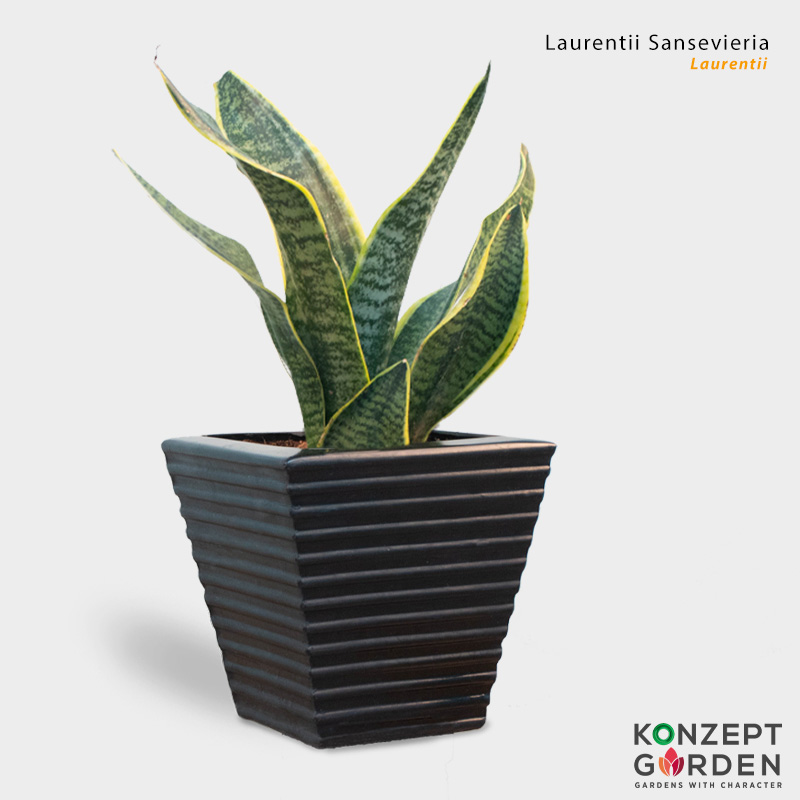
3: Boston Fern
Ferns are, and for good reason, common house-plants. Their unfurling leaves are stunning and they are remarkable in their versatility. Ferns come in a range of breeds, sizes, and colours, and can be potted on the floor or suspended from baskets. They grow in shade and moist environments because all fern varieties live on forest floors.
The Boston Fern is native to subtropical and tropical habitats so they grow off the moisture! Place or hang near the window, as they need as much as possible indirect light. If it seems to be drying out, spritz it with a water spray. Your fern can only be watered until the soil has dried up. Most of the time, ferns need moderate to cool temperatures, so while they can withstand the occasional warm shower, most of the time, you should try to make sure that your shower stays about 70 degrees Fahrenheit. If you are wondering which variety of fern to buy, it may be a good option to buy the popular Boston fern, as this
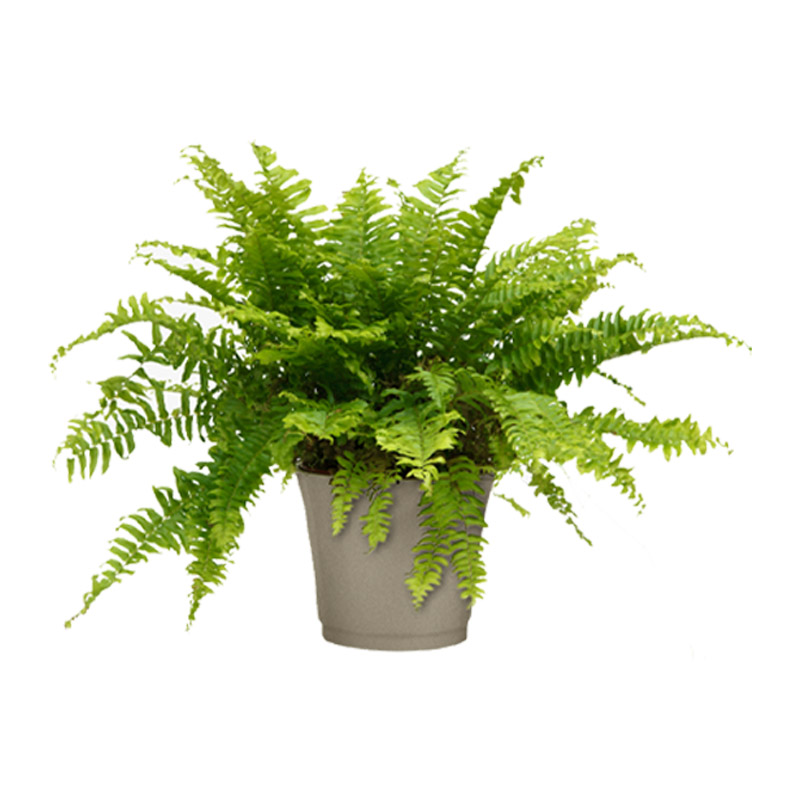
4: Spider Plant
Thanks to how simple it is to care for, the beautiful, green, and white spider plant has been a common indoor plant for years. It is also long-lasting and is easy to replicate. This plant grows famously “shoots” (smaller copies of itself) of tendrils dangling from the original plant. To grow even more spider plants, these shoots can either be pruned or replanted.
In either direct sunlight or shade conditions, spider plants enjoy moisture and can thrive. If the leaves of your plant start falling, it could need more light. Take it to a bright place at least 24 hours once a week and it should be easy to recover.

5: Kentian Palm
It can withstand some neglect and tolerates dry indoor air , making it the “snake vine” of palm trees and even low light conditions. It looks great in a floor planter often reaching up to 10 feet indoors, and can add some height to your current set of plants. The kentia palm prefers indirect sunlight, but can also thrive in low light conditions—never direct sunlight.
You're going to want to make sure that it has a drainage hole or a soil mixture (part sand) that allows for proper drainage, always buy a stable planter or container. Check the top inch of soil for humidity when watering. If it's one inch dry, give it a drink. Kentia palms like to dry out, so be careful not to overwater.
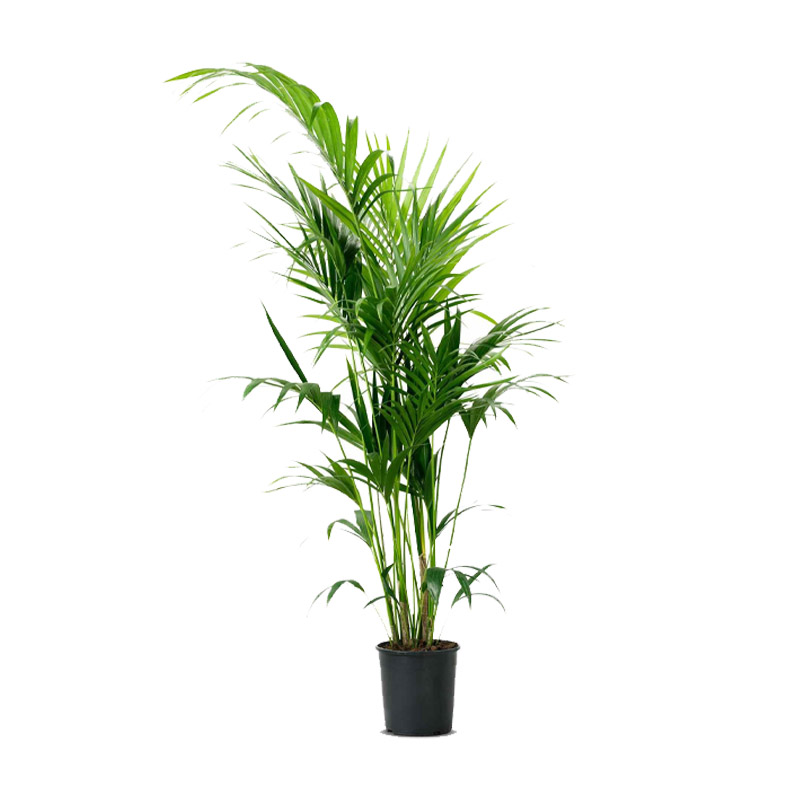
Ready To Own Yours?
-
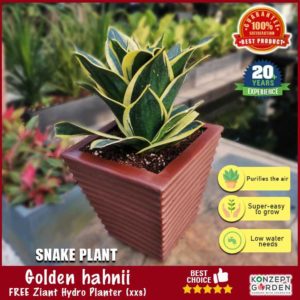
New Twisted Species of Snake Plant Sansevieria Trifasciata [Golden Hahnii] | FREE Ziant Hydro Planter ZP001-xxs
RM79.90 Select options -
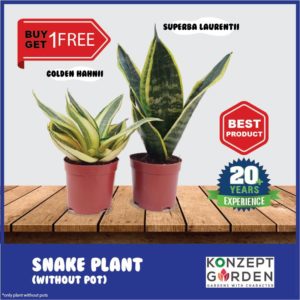
Snake Plant Superba Laurentii | Golden Hahnii [without planter pot] | Buy 1 Free 1
RM21.90 Select options -
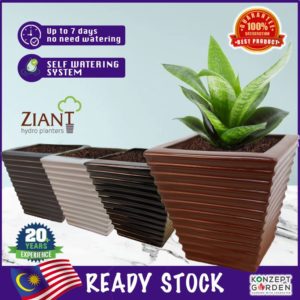
Ziant Hydro Planter [zp001-xxs] [for flower and plant pot]
RM75.00 Select options






 Login
Login